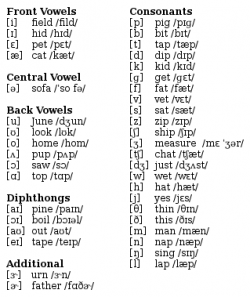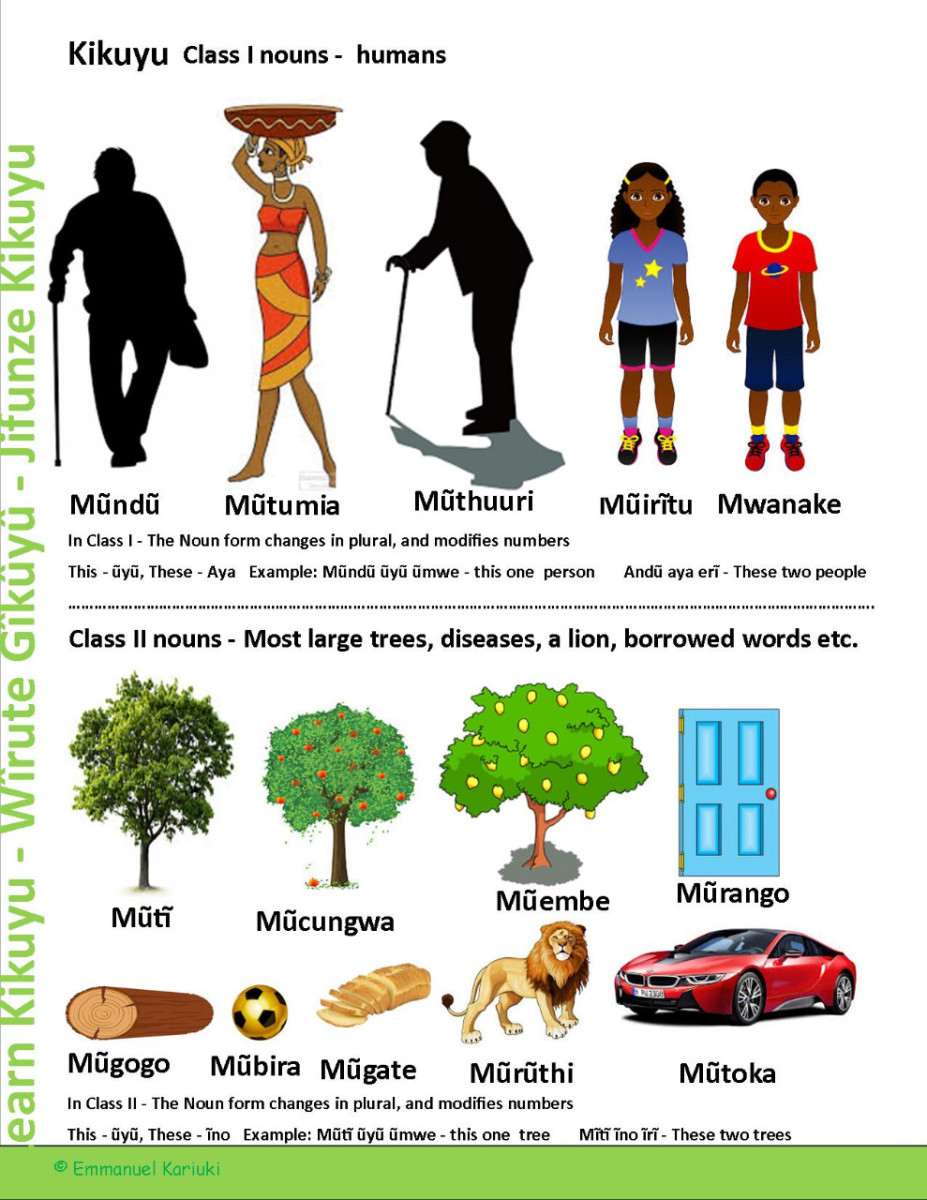Teaching Phonetics: Strategies, Jobs, and Expectations

A basic introduction to phonetics used in American English
Phonetics: (n) The study of sounds used in a given language; it takes time, passion, and commitment to teach students on a day-to-day basis. Nonetheless, many students learning English are nontraditional.
Teaching English phonetics isn't much different than teaching any other subject. It takes time, passion, and commitment to teach students on a day-to-day basis. Nonetheless, many students of English are nontraditional--generally, they are college students or workers. Thus, teaching phonetics is different than how you would teach a language to a child.
The difference begins due to EFL (English as a Foreign Language) students possessing a first language. For every English sound the students hear, they will replicate the sound in their minds with a sound they are more familiar with.
For example, a Korean student will, more times than not, replicate the [z] (as in "zoo") sound using [d] (as in "jew"). This phenomenon is known as phonetic deafness. The students will continue to repeat the sound as [d] until they are corrected and continually drilled on the sound's usage. This may take months or even years depending on each student's practice and determination.
ESL Training Guides - Learn how to teach English
American Phonetic Alphabet
A look at the sounds of American English
The phonetic sounds of General American English are similar to that of General British English, but they are quite different in specific situations. When and where Americans use the sounds is different, especially concerning vowel usage. Furthermore, in general, Americans use the rhotic r while most Britons tend to use the non-rhotic r. This is true in most cases, though there are some American accents which use the non-rhotic r and some Britons which use the rhotic r.
IPA example: "Bigger" American: /bIgɚ/, British: /bIgə/
Another example of the differences between American and British English is the sound of the letter "o" in the word "no" or "oe" in "toe". In American, it is pronounced as [oʊ], but British pronounce it as [əʊ].
Other differences include vowel reduction (shortening the e sound or changing it to [I]) and use of [ae] over [a]. Americans also tend to change [t] sounds before [l] or [ɚ] to a "flap t" (sometimes referred to as a middle "d" incorrectly) and [t] on end of words is turned into a "soft t".
Drilling: Technique #1
Perhaps the Best Way to Teach Phonetics
I'm left-handed. If I try to write with my right hand, it comes out almost illegible. Nonetheless, if I continue to push myself hour-after-hour, day-after-day, and week-after-week, I will eventually be able to write with my right hand.
Learning English is tough and learning the phonetics of the language can be one of the most difficult parts, especially for Chinese, Koreans, and Japanese. For them, it's like learning to write with their non-dominant hand, but after enough practice, they will learn the sounds of English and pronounce them correctly.
However, the difficult part is motivation. Let's face it, drilling--the repetition of the same sound within different words--is boring. Students get tired of having to say the same sound over and over. Even after they pronounce the sound correctly, they will likely be saying the words too slowly or with additional vowels spotted throughout the words or incorrect stress will be given.
Push! Push! Push!
Tip #1
Use tongue twisters, such as "She sells seashells on the seashore." Students generally have a nice laugh at their own expense. Just remember to push them enough to say the sentence at a normal speaking speed or faster.
Tip #2
When a student has trouble with a word, sound it out using phonetic sounds and not syllables. Make one sound at a time. After this, say the word faster with the student.
Tip #3
Explain the purpose of drilling constantly, especially when the student looks unhappy or complains.
Reading: Technique #2
More Fun, Less Help
Even though this technique isn't as foolproof as drilling, it has its advantages.
If you let your student read books like Dr. Seuss or Mother Goose, your student can easily find the correct pronunciation through the use of rhymes. Rhyming is one of the most under-utilized techniques an ESL teacher may use, and it shouldn't be that way.
Students may balk at the idea of reading children's books; however, it is a necessity. Constantly, I am asked by my students, "What grade level am I compared to Americans?" I groan, panic, and then tell them quite frankly that they are not at a high level but they shouldn't be discouraged. Learning a new language takes time.
Tip #1
Do drilling before the reading begins. This will help them understand the correct English sounds.
Tip #2
Correct the students mispronunciations, but don't do it too often or the student will get annoyed.
Tip #3
Choose a variety of books and stories for the students to read and encourage them to read on their own time.










